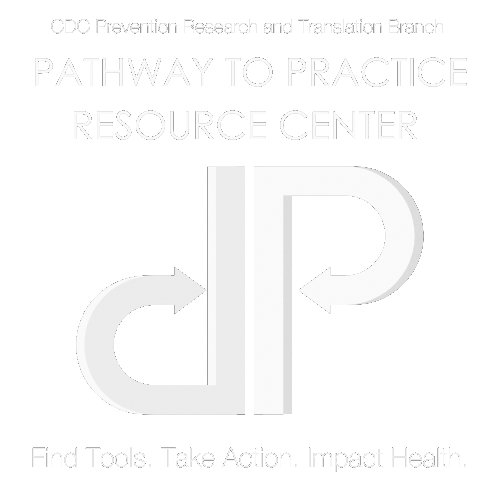The research funded by the U.S. Centers for Disease Control and Prevention (CDC), published in Preventive Medicine Reports, found few previous models succeeded in observing significant changes in child BMI z-scores.

“One of the goals of the Prevention Research Center at UMass Chan Medical School is to take evidence-based practices and implement them in the real world,” said Amy Borg, MPH, MEd, deputy director of the center and project director. “This intervention used research evidence and tailored it for implementation in the local community, and the study tested it there. Now we want to take it to be adapted for other programs on a wider scale.”
Parents or guardians and their children in kindergarten through sixth grade at baseline were recruited through nine ethnically and racially diverse Worcester public schools. Nearly one in five children and adolescents overall nationwide were affected by childhood obesity between 2017 and 2020, according to the CDC. But among Black and Hispanic children, the rate was one in four.
Half of the parents in the study received the Healthy Kids & Families intervention, focused on fostering change in key diet and physical activity versus sedentary behaviors. The other half served as an attention-control comparison group, focused on positive parenting behaviors. Both interventions were delivered by community health workers.
“The kids did not have to be overweight or obese. No kid was labeled,” said principal investigator Milagros Rosal, PhD, the Imoigele P. Aisiku, MD ’79 Chair in Health Equity and Diversity, professor of population & quantitative health sciences and co-director of the Prevention Research Center. “The goal was to foster healthy behaviors in terms of diet and physical activity among the kids.”

Community health workers followed an intervention algorithm to assess parental and family motivations and lifestyle goals and assist them in creating action plans at quarterly contacts, alternating in-person and telephone contact. Intervention behavioral targets included reduction of sugar-sweetened beverages, reduction of high calorie snacks, reduction of screen time, increase in fruits and vegetables, and increase in physical activity. Families would set a goal to make progress toward these targets and the community health worker would follow up with information about free or low-cost community resources that were available to support their goal.
“The community health worker would try to understand what was important to the family and build on those motivations of what the family might need in terms of healthy eating and physical activity,” Borg said. “For example, sometimes parents would set a plan to go to the YWCA for Friday night play and swim activities. Or learn about local farmers markets and get recipes for making healthy meals the family could eat together. It was really personalized.”
After 24 months, children in the Healthy Kids & Families intervention had a greater reduction in BMI z-score and a greater number of diet and physical activity behavior changes, compared with children in the attention-control comparison group.
“I think the minimum intensity of the intervention is a critical part,” Dr. Rosal said. “In settings where resources are scarce, paying for an intensive intervention, with highly trained psychologists, exercise physiologists, or dieticians to do the intervention, doesn’t happen in real life or with low-resource, low-income families.”

